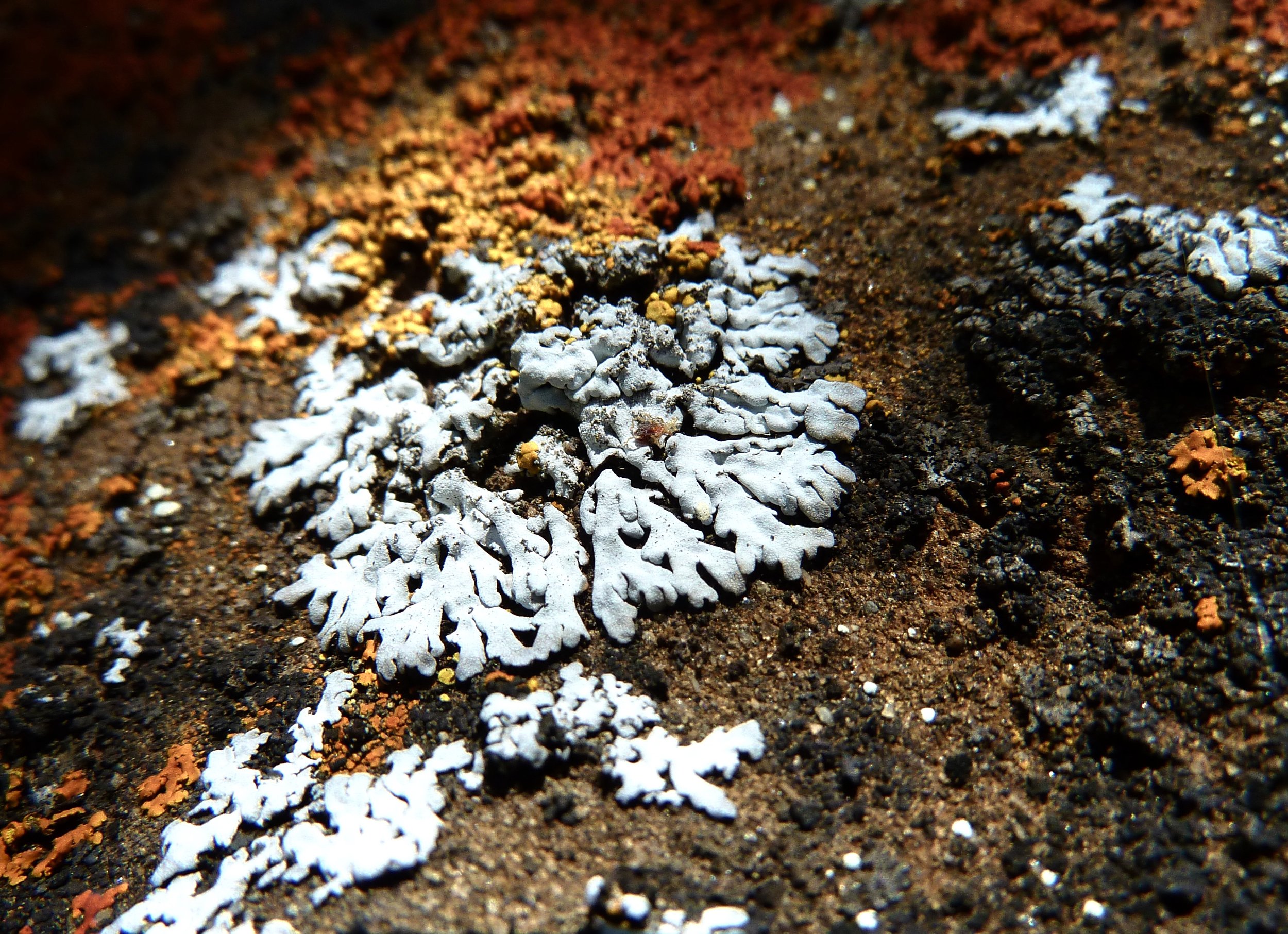A coiling rattler eyes me with suspicion along Black Diamond Mines’ Corcoran Mine Trail.
Unfazed by the fangs
The man, outward bound, reached for the gate at the Round Valley trailhead. Then he paused and said, “I hear there are rattlesnakes out here. Is it safe to hike?” Inward bound, I said, “Yep. I’ve taken a couple hundred hikes out here and spotted precisely two rattlers. Besides, It’s not easy to get bitten by a rattler. It’s possible – but you’ve got to work at it.”
As midsummer heat keeps the trail baked, I’m struck by the number of folks singing the following tune: “Oh, I’d like to go hiking, but hey, there are rattlesnakes are out there. I’ll take a pass.”
While no one can be blamed for spurning the opportunity to get snakebit, my experience with rattlers cuts the other way. My problem with rattlesnakes: they slither away before I can get a good snapshot.
Trust me, rattlesnake bites come in mostly two flavors: carelessness and foolhardiness. The careless hiker thinks “Ah, that looks like a comfortable boulder … with some sort of, hmmm, squiggly thing on it” and proceeds to take a seat right beside Mr. Rattler. The foolhardy hiker thinks, “I’d like to get a tight photo of Mr. Rattler. I wonder how close he’ll let me get.”
Popular mythology puts the Northern Pacific rattlesnake on the ornery quotient somewhere between Attila the Hun and Chef Gordon Ramsay. The reality is more prosaic. Sure, the rattler wields intimidating incisors, but it’ll use them on a human only if it senses a threat and only at close range. The overriding principles in dealing with a rattlesnake: be aware and remain calm. And by all means, do not attempt to pet it.
A non-venomous gopher snake hisses a warning at Los Vaqueros Watershed.
First you need to spot the critter and identify it as a rattler. A rattler’s cunning camouflage makes it hard to spot even at close range. As you round a bend or crest a hill, make a visual sweep of the trail ahead before diverting your attention to scenic splendor. When rock climbing, don’t grab a handhold till you’re certain what’s up there. And watch where you sit. You might have company.
Chances are you’ll run across a different slithering creature out on the trail, a creature that’s paid a heavy price for its resemblance to the rattler: the non-venomous gopher snake. The key to distinguishing it from the rattler lies in the head and tail. The rattlesnake’s head is a large, triangular wedge, and its tail ends in the rattle. The gopher snake’s head is smaller and more rounded than a rattler’s, and its tail is pointed.
One of the gopher snake’s stratagems for warding off large creatures is to impersonate a rattlesnake. When a gopher snake feels cornered, it’ll hiss, flatten its head and shake its tail in the grass like a maraca player in a rumba band. It’s a clever but sometimes counterproductive adaptation. When the large creature in question is a human bent on killing a rattler, the gopher snake can be its own worst enemy.
Should you find a snake commandeering your picnic area or campsite, keep your cool and get the creature’s ID. If it’s a rattlesnake, don’t chase it off. It might return. And don’t try to kill it. You’re putting yourself in danger – and breaking the law. Notify park staffers; they have the expertise to remove it.
Let’s say you get unlucky and run afoul of the fangs. Again, don’t panic; call 911. If you’re in a cell phone dead zone, send someone for help and sit down, keeping the bitten area below heart level. If you’re on a solo hike, you should walk – not run – back to civilization. The puncture marks of a rattlesnake bite will feel like they’re burning. No burning sensation suggests that a different snake has bitten you, or that the rattler (as sometimes happens) didn’t inject any venom.
A rattler in the bramble flashes its patented glare in Mt. Diablo’s Back Creek Canyon.
There are two misconceptions about rattler bites. The first is that a snakebite kit will save you. Don’t count on it. Applying tourniquets, cutting around the puncture marks and sucking out the venom – these can cause more harm (such as nasty infections) than the venom itself. A rattler will rarely inject a human with a large enough dose of venom to cause death. It’s a skilled hunter. It knows it can’t swallow you, so it doesn’t waste precious venom warding you off. At least 25 percent of poisonous snake bites involve no release of venom.
This relates to our second misconception, that a young rattlesnake packs more potent venom than its elder. It doesn’t. But it can be more dangerous precisely because it’s young. Lacking expertise as a hunter, the young rattler will prolong the injection of venom into its victim. A small rattler looks less menacing than a large one, but don’t be fooled; don’t get cute and try to pick it up. If it sinks its fangs into you, you could get a full dose.
And don’t let these dire scenarios deter you from getting out onto the trail. Every single rattler I’ve run across in my wanderings has left me alone. That’s because I left it alone. Armed with knowledge, aware of your surroundings, relax and enjoy your hike. You’re out there for the scenery, right? You’re out there to look for things. Well, now you have one more thing to look for.










